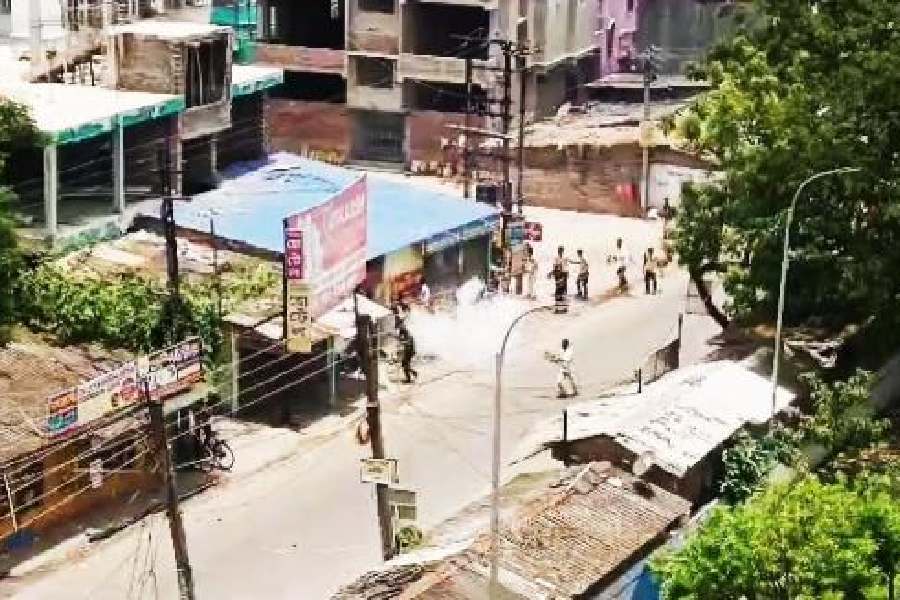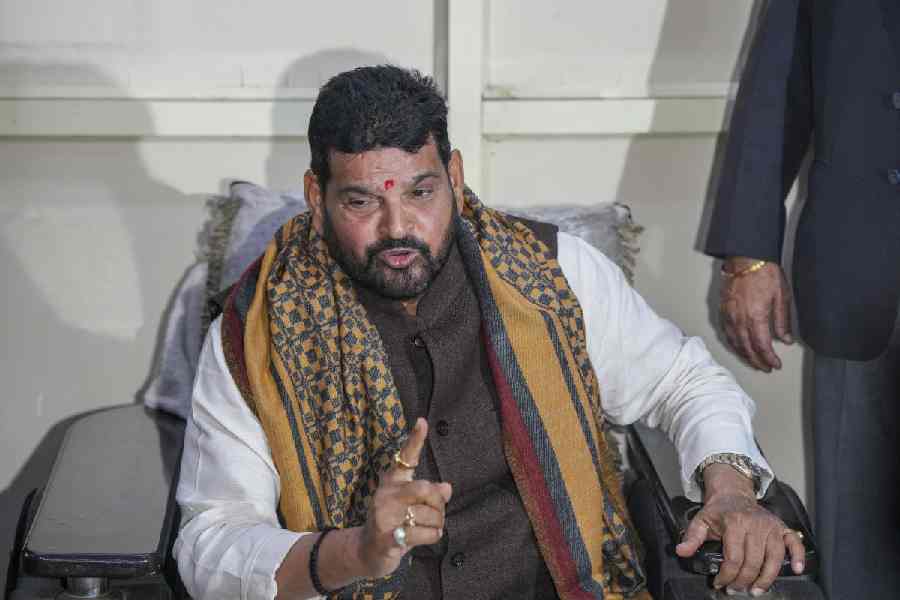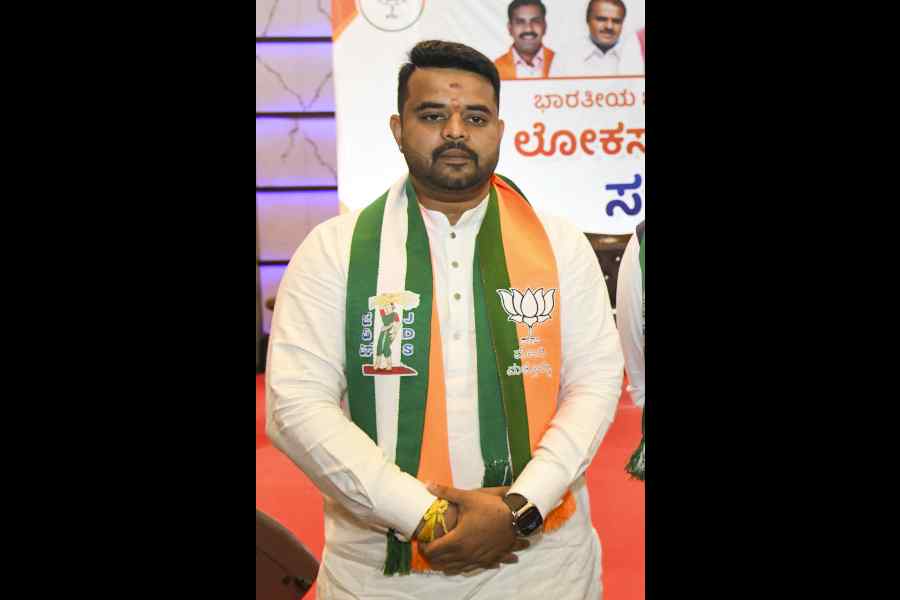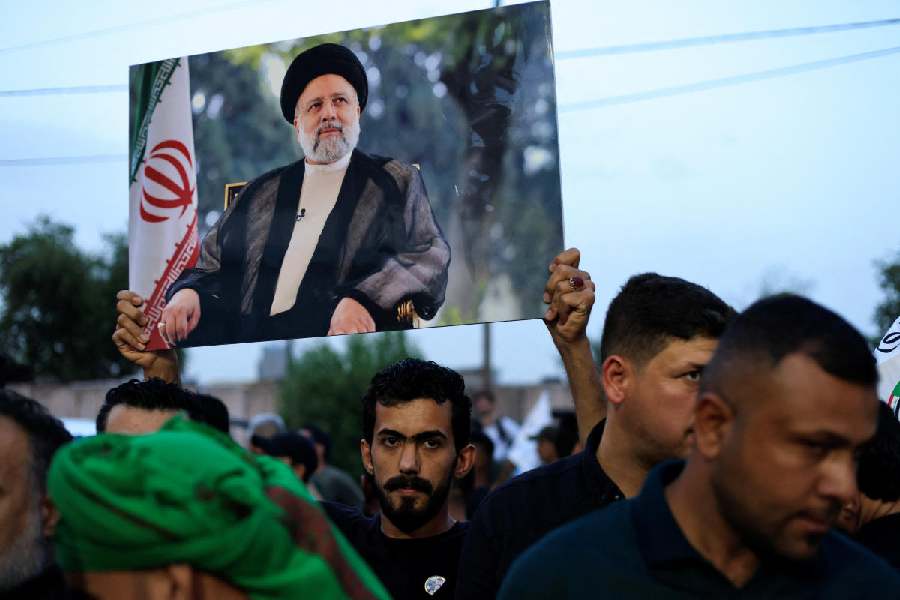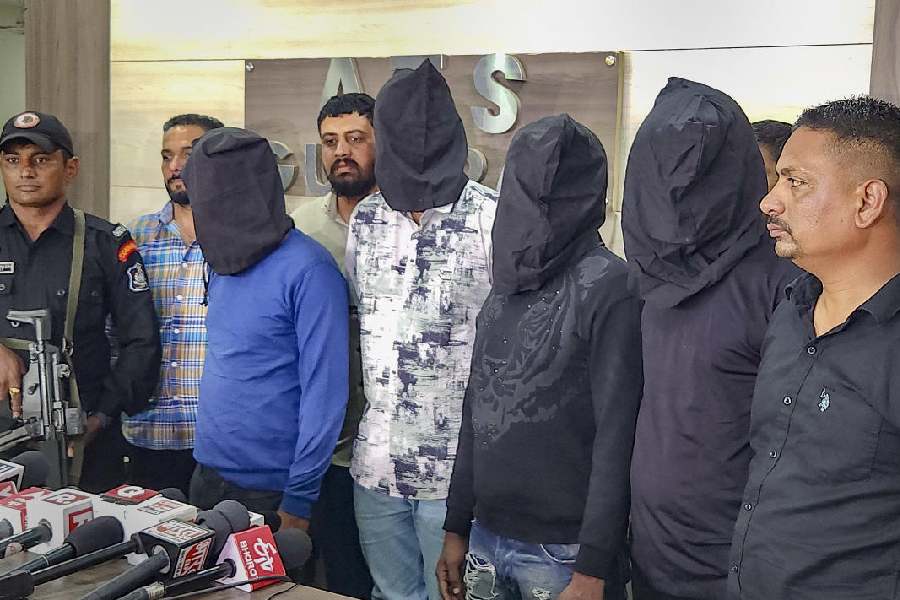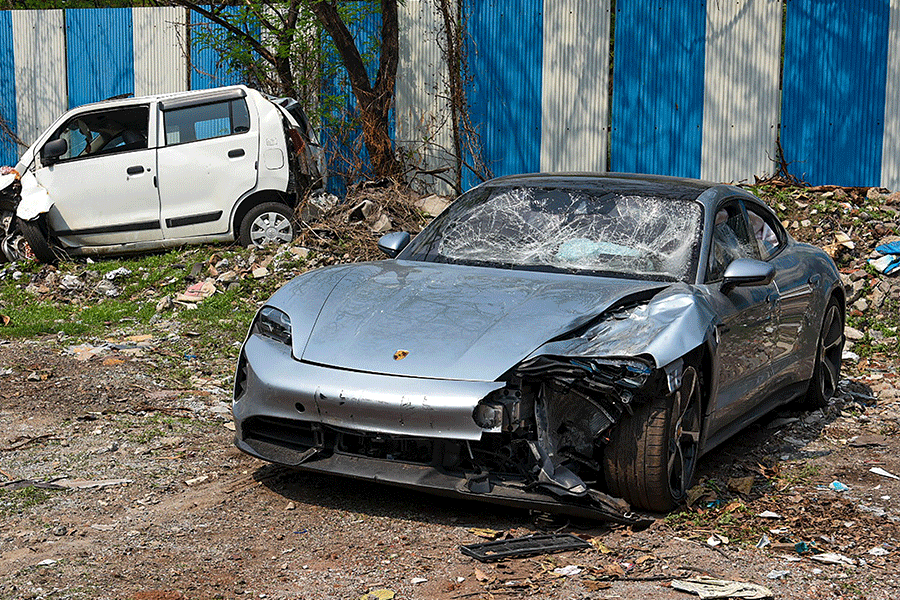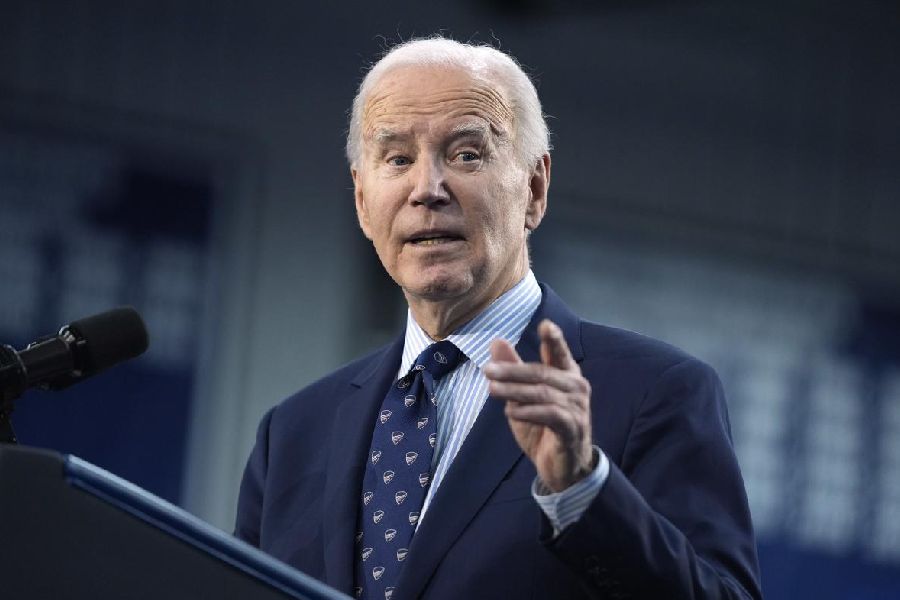Proximity to Rajarhat-New Town and the lure of quick returns from the real-estate growth spanning water bodies and large swathes of land have made Bhangar in South 24-Parganas one of the most volatile pockets of Bengal during polls.
The rural election this time is no exception.
Covering parts of Lauhati, Polerhat, Vedic Village-fame Shikarpur and Hatishala on the edge of New Town, Bhangar was a Left bastion till Trinamul's Arabul Islam won the Assembly seat in 2006.
Some Bhangar old-timers said Arabul showed many the route to quick money by selling loose soil for upcoming housing projects in New Town.
A better part of Bhangar, which was previously under Bhangar Rajarhat Development Area Development Authority (BRADA), now remains located in Action Area III of New Town.
"The urge to make quick money by selling loose soil to fill up lowlands is so strong that a villager in Bhangar is now ready to offer between Rs 20 lakh and Rs 25 lakh for a panchayat ticket," said a resident of Polerhat, which is where Arabul also comes from. "He knows he will end up minting crores in the next five years."
This lure of cash led to an urge for power. It, in turn, paved the way for a booming business of country-made arms across different pockets of Bhangar, senior police officers who had stints in the Baruipur subdivision of South 24-Parganas said.
Some political observers said as opportunities to mint money grew with the surge of realty projects in Rajarhat and New Town, Arabul decided to split zones opting to keep his stronghold on Bhangar II, while leaving Bhangar I to his close aide Kaiser. The two factions set up their own group of strongmen who wielded clout with country-made arms and bombs.
Violence became the law of the land as an increasing number of people realised the value of their land.
In the 2018 panchayat polls, five of the eight candidates belonging to the Committee for Protection of Land Livelihood Environment and Ecology (CPLLEE) won braving intense violence.
"The belt around Bhangar, Canning, and Gosaba saw clashes ever since money started flowing into the three-tier panchayat system. Some in the middle class, including school teachers, saw the panchayat as an opportunity to grab power," said Samir Putatunda, former Left leader who has spent years in Bhangar. "The panchayat system, instead of being development oriented, became a power-oriented mechanism," he said.
Barely 25km from the heart of Calcutta, Bhangar's changing demography spurred Saokat Molla, the Trinamul MLA from Canning East, to try and test waters here, some villagers said.
"Tuesday's battle in Bhangar was between ISF workers and Arabul's men, who were cornered. On Wednesday it was Trinamul attacking ISF with the help of Saokat Molla and his aide Shahjahan," said a resident of Machhi Bhanga village.
"Saokat wants to prove to the party that Arabul is now a spent force."
Residents said large tracts of water bodies in Saokat's Assembly constituency adjoining Bhangar were being taken by land mafia who want to cash in on the realty growth. Saokat wants to replace Arabul in calling the shots, villagers said.

